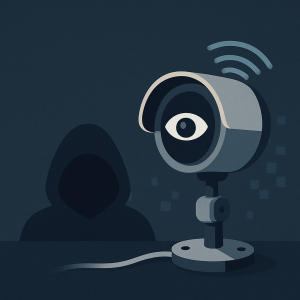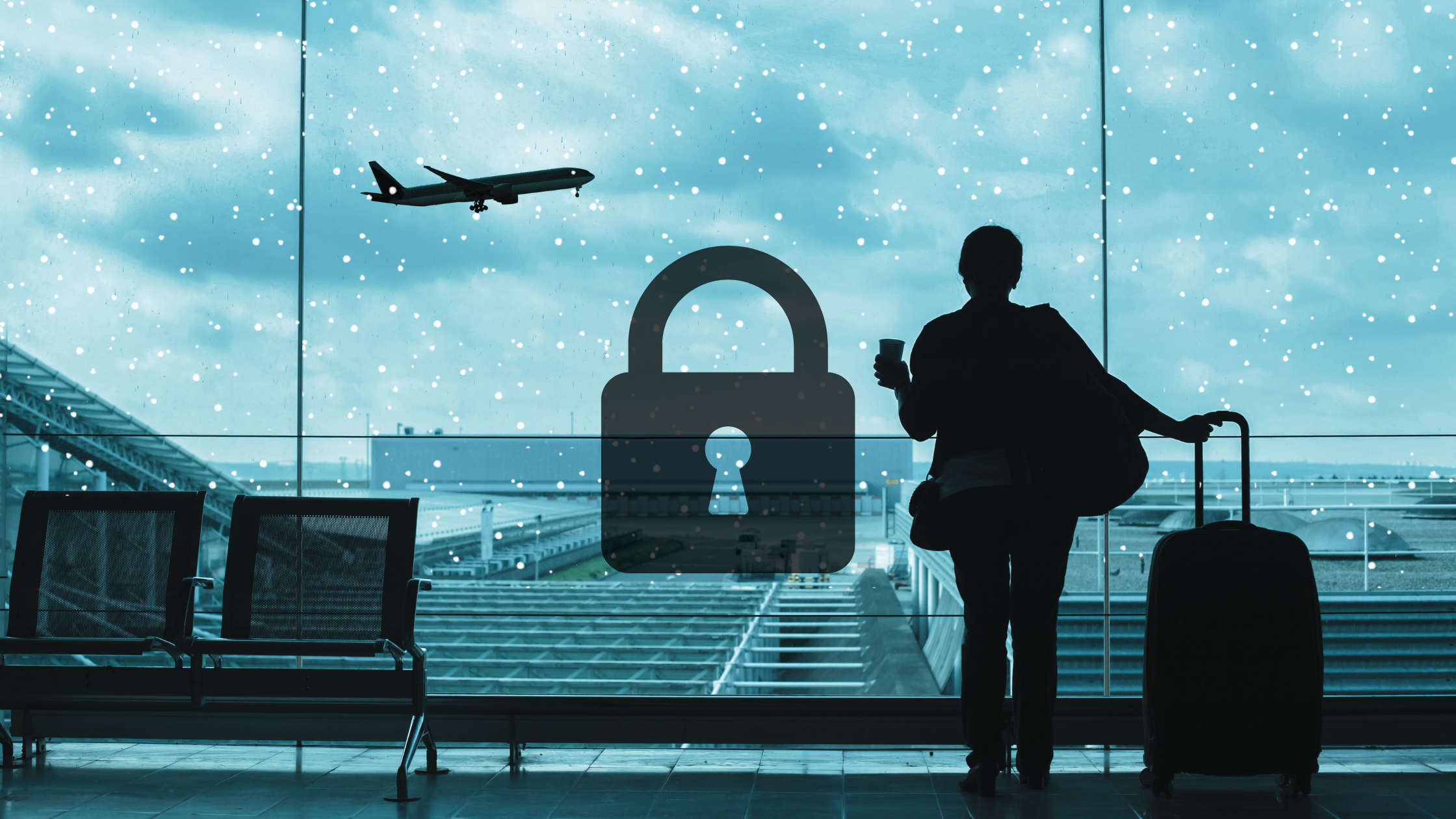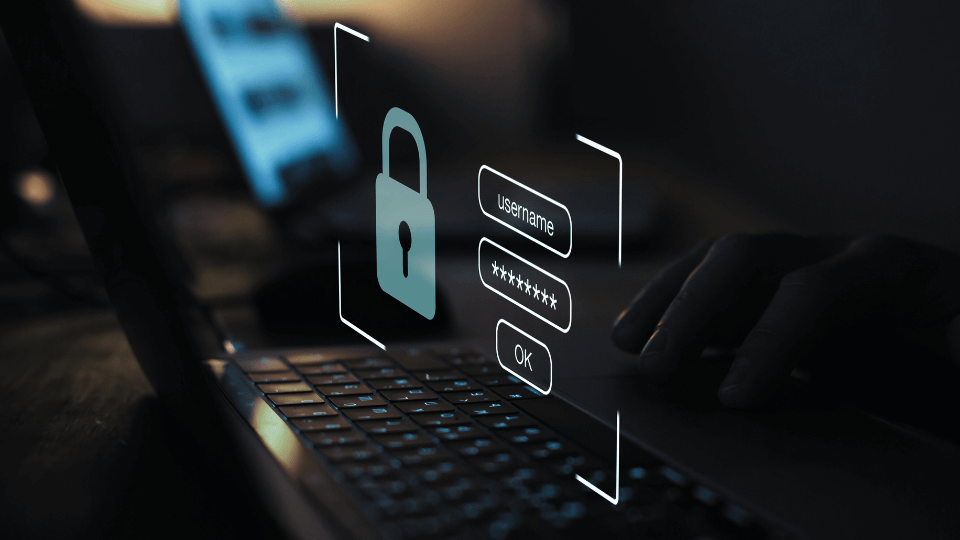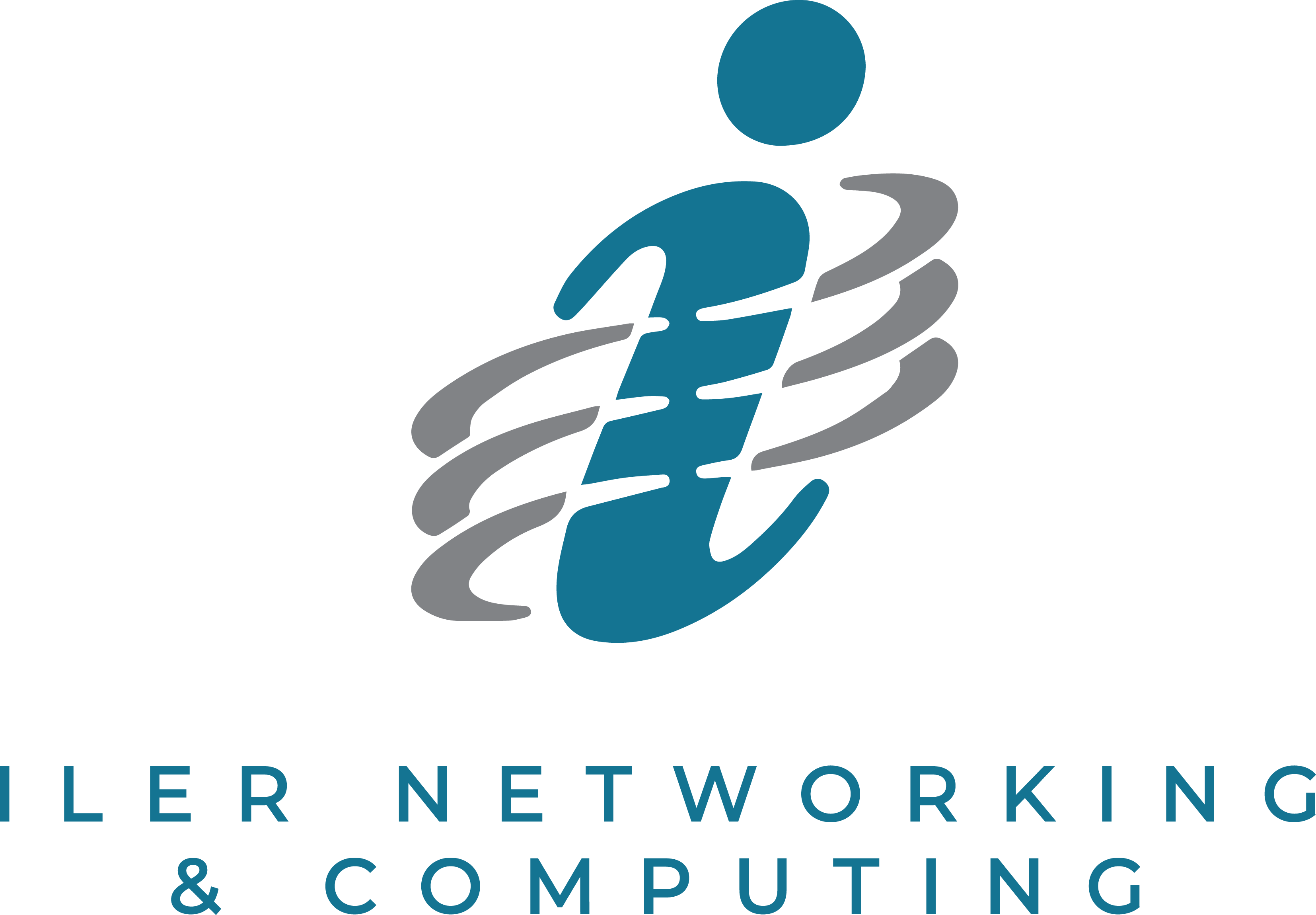 Smart cameras are great—until they’re not. In one widely reported 2020 incident, a Mississippi family’s Ring was hijacked and a stranger spoke to their child. The root cause wasn’t “Hollywood hacking”; it was a reused, previously breached password. That’s the reality for many small businesses: convenience drives adoption, but configuration gaps invite trouble.
Smart cameras are great—until they’re not. In one widely reported 2020 incident, a Mississippi family’s Ring was hijacked and a stranger spoke to their child. The root cause wasn’t “Hollywood hacking”; it was a reused, previously breached password. That’s the reality for many small businesses: convenience drives adoption, but configuration gaps invite trouble.
This guide gives you the essentials of smart camera security for small business—what to buy, how to deploy, and the fastest way to harden what you already have.
Why SMBs love smart cameras—and why attackers do too
Smart cameras help you watch entrances, inventory rooms, and loading docks without expensive NVR builds. But the same “easy setup” can leave doors open:
-
Default or weak passwords
-
Out-of-date firmware
-
Cloud accounts without MFA
-
Cameras sitting on the same flat Wi-Fi as your PCs, servers, and accounting apps
If a camera is compromised, the risk isn’t just someone peeking at video—it’s a potential pivot into your business network, exposing client data, financial records, or email.
What to look for before you buy (or keep)
When you evaluate models, prioritize these security-first features:
-
Regular, automatic security updates
The vendor should release routine firmware updates with a simple toggle for auto-update. -
Strong authentication options
-
Two-factor authentication (2FA/MFA) for the cloud account and mobile app
-
Per-user accounts and role-based access (no shared logins)
-
-
Encryption end-to-end
-
Video streams and recordings encrypted in transit (TLS) and at rest
-
Unique certificates per device—not one key for every camera
-
-
Local storage options
Cloud is convenient, but local NVR or SD encryption (with password protection) gives you redundancy and control. -
Device hardening controls
-
Ability to disable UPnP, RTSP, and ONVIF where not needed
-
Toggle for remote access and port exposure
-
Secure default settings (no default “admin/admin” nonsense)
-
-
Audit trails & alerts
Logs for logins, config changes, and motion events; push/email alerts on suspicious logins. -
Transparent security documentation
A reputable manufacturer publishes security whitepapers, CVE handling policies, and a vulnerability disclosure program.
The 30-minute hardening plan for cameras you already own
If you’ve got cameras running today, lock them down in this order:
-
Change every default username and password
Use a unique, 16+ character password per camera and per cloud account. Store them in a password manager. -
Turn on MFA everywhere
Enable MFA on the vendor’s cloud portal and your mobile app. Prefer authenticator apps over SMS. -
Update firmware and enable auto-updates
Patch the camera, NVR, and the companion mobile/desktop apps. Then enable automatic updates. -
Segment your network
Put cameras on a dedicated VLAN/SSIDs (e.g., “IoT”) with no east-west access to your PCs or servers. Allow only what’s required outbound (e.g., vendor cloud endpoints). -
Lock down the router/firewall
-
Disable UPnP and any auto-port-forwarding
-
Close inbound ports unless you have a specific business case
-
Prefer VPN for remote viewing over exposing services to the internet
-
-
Harden services
If you don’t need RTSP/ONVIF, turn them off. If you do, restrict by IP and require authentication. -
Review user access
Remove ex-employees, contractors, and “shared” logins. Assign least-privilege roles and set auto-expire dates for temporary access. -
Tune alerts and logs
Turn on login alerts, check for failed attempts, and export logs to your SIEM (or at least review monthly).
Don’t forget the rest of your “smart” stack
Doorbells, thermostats, voice assistants, and smart locks are all computers with cameras/mics/sensors. Treat them like cameras:
-
Put them on the IoT VLAN/SSID
-
Require MFA for any cloud account
-
Update firmware regularly
-
Keep an asset list so you actually know what’s on your network
Quick buyer’s checklist (copy/paste to your next PO)
-
Vendor publishes a security whitepaper and supports MFA
-
Automatic firmware updates available (and enabled)
-
Encryption in transit and at rest, device-unique certs
-
Local recording option with encrypted storage
-
Granular user roles, per-user accounts, and audit logs
-
Controls to disable UPnP/RTSP/ONVIF/remote access
-
Works cleanly on an IoT VLAN without hair-pinning risky ports
-
Clear process for reporting vulnerabilities (bug bounty or formal disclosure)
What “good” looks like in a small business
A typical secure setup for smart camera security for small business:
-
Cameras on VLAN 30 (IoT), no access to VLAN 10 (workstations) or VLAN 20 (servers)
-
Firewall rules: IoT → Internet (limited vendor endpoints), block IoT → internal
-
No inbound NAT to cameras; remote viewing via VPN or vendor’s secured relay with MFA
-
Weekly automated firmware checks + email alert if a device is 1+ version behind
-
Password manager storing unique device and cloud credentials
-
Quarterly access review; remove stale users and rotate service keys
Common mistakes that get SMBs owned
-
Reusing the same password across the camera admin, email, and cloud portal
-
Leaving UPnP on (your router happily auto-opens ports to the world)
-
Plug-and-play installs with no network segmentation
-
Treating “free DDNS + port forward” as a feature instead of a red flag
-
Ignoring alerts because “the video feed still works”
Fast help if you’re unsure
If you’re not 100% sure how your cameras are configured, assume they’re not hardened. A short assessment can reveal:
-
Open ports you didn’t know existed
-
Old firmware with known CVEs
-
Cloud accounts without MFA
-
Flat networks that let a camera become a stepping stone to your file server
Inbound link: Want a quick, expert review? Schedule a free discovery call and we’ll baseline your smart camera security for small business and close the gaps fast.
Outbound link: Want a vendor-neutral security refresher? See CISA’s guidance on securing IoT devices for additional best practices.
Bottom line: Smart cameras can protect your business—but only when they’re deployed like any other critical IT system: segmented, patched, encrypted, and watched. Use the checklist above, make smart camera security for small business a standing process, and you’ll keep the convenience while shutting out the creeps.







